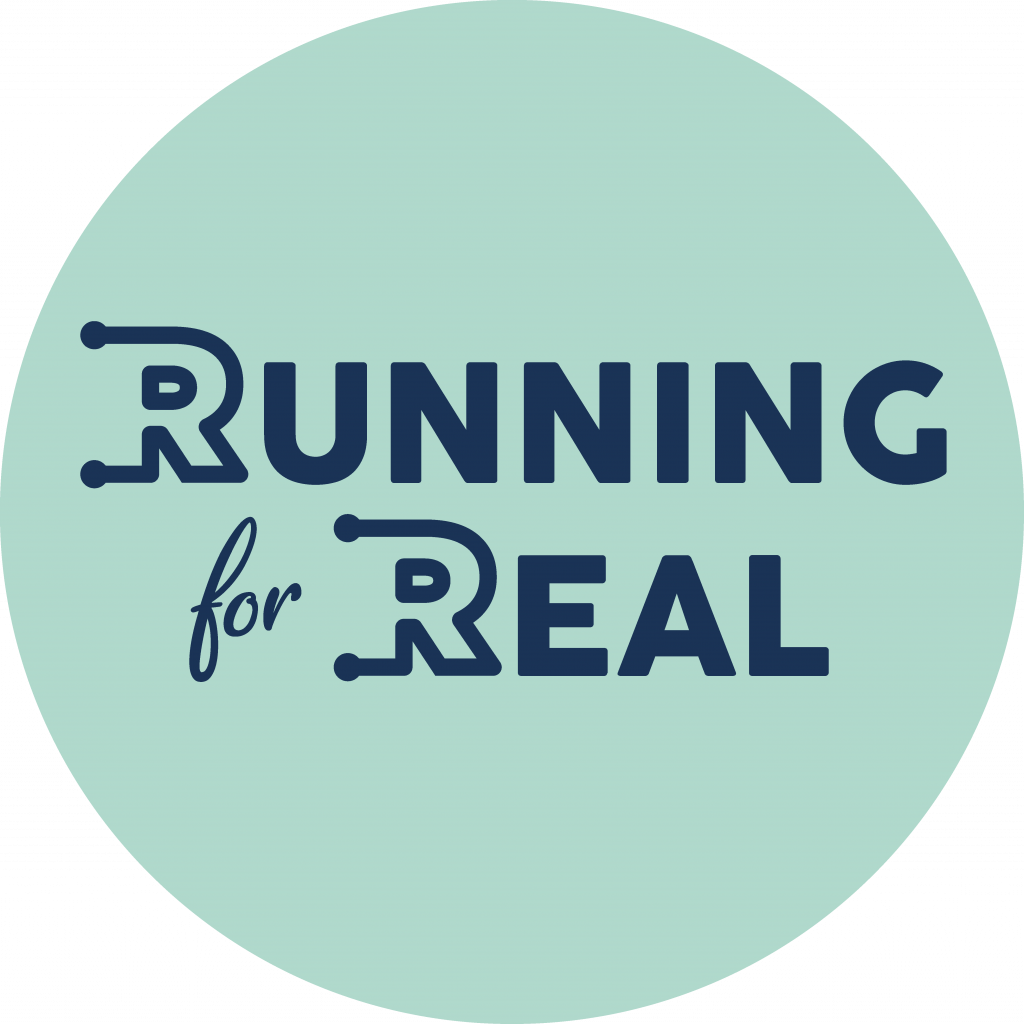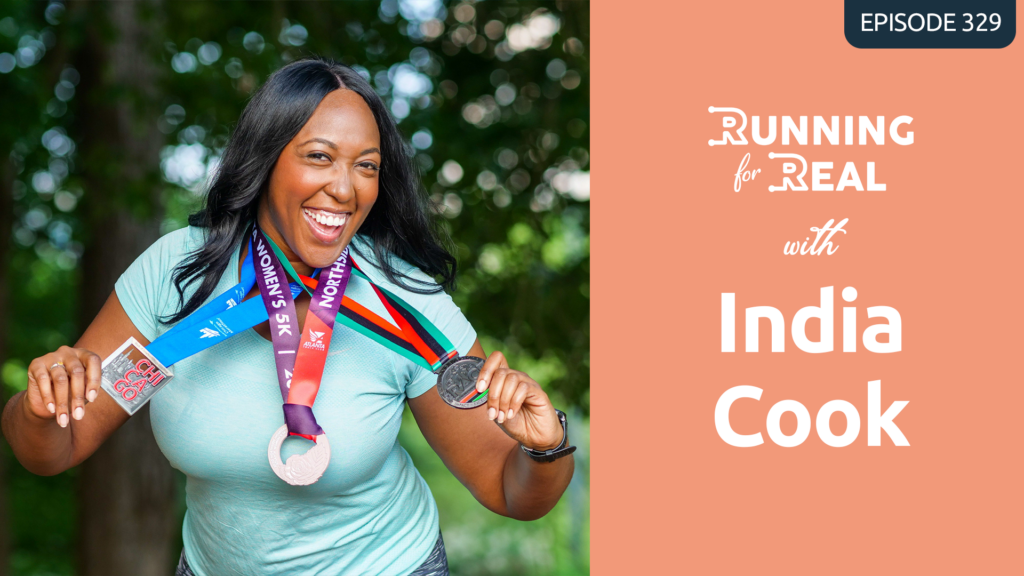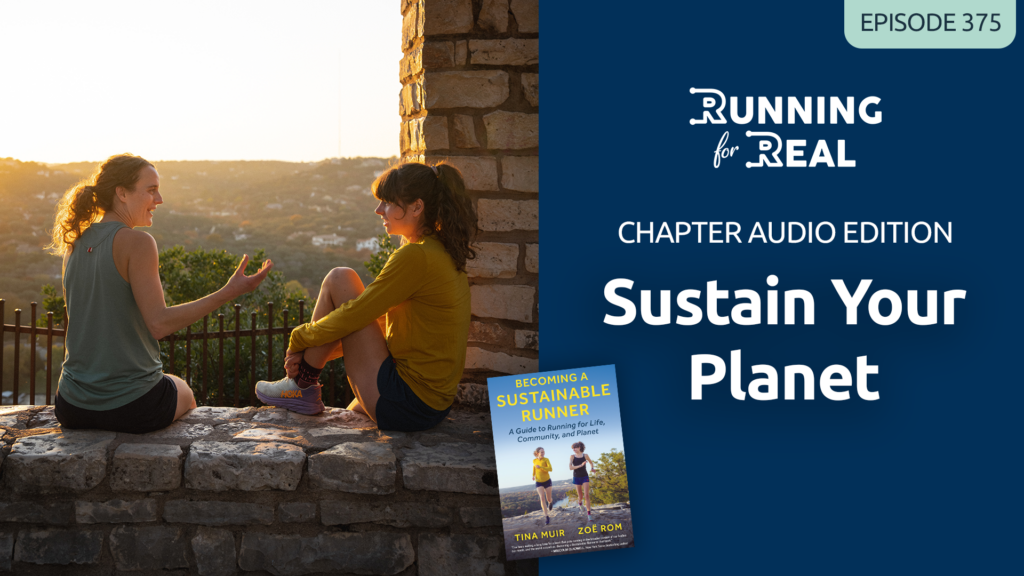Today’s interview is with Max Paquette, who specializes in biomechanics and is considered an expert in running shoes. We move back to a more scientific look at running with this episode, because I know many runners have an interest in how their biomechanics influences their racing and running.
Max’s interest started in high school, doing a project where he video taped runners. He quickly admits he knew nothing, and thinks that the more he studies ,the less he believes we know about what makes us have good running form. We discuss the amount of information that is out there and how best to separate good information from bad. Max provides several resources that he thinks are the best to consult based on their research.
Our discussion today covers popular and controversial topics such as over-pronation, cadence, forefoot vs mid-foot vs heel striking and their impact on running injuries. We then go on to discuss whether running is bad for your knees and causes arthritis. We go over the research on whether the shoe type really matters in injury prevention.
We then spend some time on the last myth of biomechanics – whether strength training really make a difference?
Lastly we discuss the importance of tools for runners. Ultimately the best tool for runners is to learn to run by feel, not by Garmin. Having a better perception of what your body is feeling is far more important.
Today’s Guest
Dr. Max Paquette has a PhD in biomechanics and is an Assistant Professor at the University of Memphis. His focus is on the effects of exercise interventions and gait modifications on joint mechanics, function and quality of life in aging and knee osteoarthritis populations. He is also interested in the effects of different footwear, fatigue, foot strike patterns and training interventions in runners on injury and performance. He resides in Memphis with his wife Lauren and two dogs.
What you will learn about:
- How he thinks Alex Hutchinson is one of the experts we should pay attention to, because he does thorough research into his topics and is a great writer who disseminates . Others he believes do a great job of explaining complicated material are Tom Goom (Twitter @tomgoom), Rich Willy (twitter @rwilly2003), JF Esculier at University of British Columbia (Twitter @JFEsculier), and Irene Davis (@IreneSDavis)
- We discuss how over-pronation used to be thought of as the cause of lower leg injuries, but how his research has found that it doesn’t drive injuries. How the speed at which vertical ground reaction force is transferred (impact of the ground into your foot) is also not linked to injury; what is more predictive is how quickly you add load vs more gradual increases.
- We talk about how we rarely study those rare specimens who don’t get hurt, we study the injured runners. We need to shift the focus to why some don’t get hurt.
- The lower limbs are the most likely to first be injured, then ones higher up the kinetic chain. The external loads are applied to the foot first, then go further up. But if those parts of the body are conditioned to adapt to that force, the risk of injury goes down. Up the chain, especially in females, there are other nutritional and hormonal issues that impact bone health, and folks like Trent Stellingwerff and Adam Tenford (Harvard) have done more work on female athletes and bone issues.
- Chris Napier (@runnerphysio) is doing some interesting work on over-striding/step length, cadence, and step length/reach (how far ahead of your pelvis) impact injury risk. It is physically impossible to precisely land under your hips; you always hit a bit ahead which is important to store elastic energy. But it isn’t clear how much is too much. There are different permutations on how you run that impact the loads and it is not simple to determine which one is most critical.
- Rich Willy and John Wilson’s gait retraining studies have shown that increasing cadence (steps per minute) seems to work well at lessening injury if you find you are over-reaching and if you are suffering from lower leg issues. But if you are not getting injured, perhaps you are not really overstriding.
- Osteoarthritic issues: Lack of exercise is far worse than using the joints. The evidence is becoming really strong that running is not bad for your knees, and may actually be helpful with preventing the onset of the disease. Recent research shows that even with those that have OA, some running may well be better than being sedentary.
- Footwear for runners: The main conclusion of his study in 2009-2013, which was highly trained male runners only, was that the only time that the shoe mattered was in heel strikers who ran barefoot or in minimalist shoes. However, it didn’t study long term effects. Irene Davis then studied untrained runners of both sexes and concluded that what was most important was the type of shoes that people were used to running in. So if they were used to running barefoot or in minimalist shoes, there was not an issue. If you are going to change shoes, you should have tried other methods first to reduce injury and have a good reason to change, not just because there is some cool new shoe. Proper training and progression come first. Benno Nigg, University of Calgary, has found in his research that shoes and inserts don’t matter. Rotating shoes (any shoes), surfaces, and routes may be much more critical to injury prevention.
- Coaching his wife Lauren really showed the value of strength training in injury prevention.
- Learn to listen to how you feel vs. what your watch or heart rate monitor is telling you. If you body is saying it is too hard, then for that day it is too hard. Tomorrow it may not be as hard; each day is different.
Listen to the Running for Real Podcast here:
[podcast src=”https://html5-player.libsyn.com/embed/episode/id/6641766/height-orig/90/theme/custom/thumbnail/yes/direction/forward/height/90″ height=”90″ width=”100%” placement=”bottom” theme=”custom”]Apple (iTunes) Podcast|Sticher| Castbox| Overcast | Spotify| Google Play| iHeartradio|
Inspirational Quotes:
The more we learn, the less we find we really know about running injuries.
In the end it all comes down to the strength of your body. If you are strong you can undertake more training.
Resources:
Last week’s episode with Courtney Dauwater
Running for Real Superstars Community
Podcast interviews with:
Buy a Running for Real T-shirt, Tank, or Hat
Experts Max recommended:
JF Esculier at University of British Columbia
Thank you to BodyHealth for sponsoring this episode of Running for Real.
Now I am back to training, guess what was the first thing I did to start making sure I recover quicker (as coming back to fitness really beats your body up!), yep, you guessed it, BodyHealth Perfect Amino! Get 10% off at Bodyhealth.com using coupon code TINA10
Click the banner for more information.
Thanks for Listening! I hope you enjoyed today’s episode.
To share your thoughts:
Leave a note in the comment section below.
Join the Running for Real Facebook Group and share your thoughts on the episode (or future guests you would like to hear from)
Share this show on Twitter, Facebook, Instagram, or Pinterest.
To help out the show:
Leave an honest review on iTunes. Your ratings and reviews will really help me climb up the iTunes rankings and I promise, I read every single one.
Subscribe on iTunes or your favorite podcast player.
Not sure how to leave a review or subscribe, you can find out here.
Thank you to Max; I look forward to hearing your thoughts on the show.




